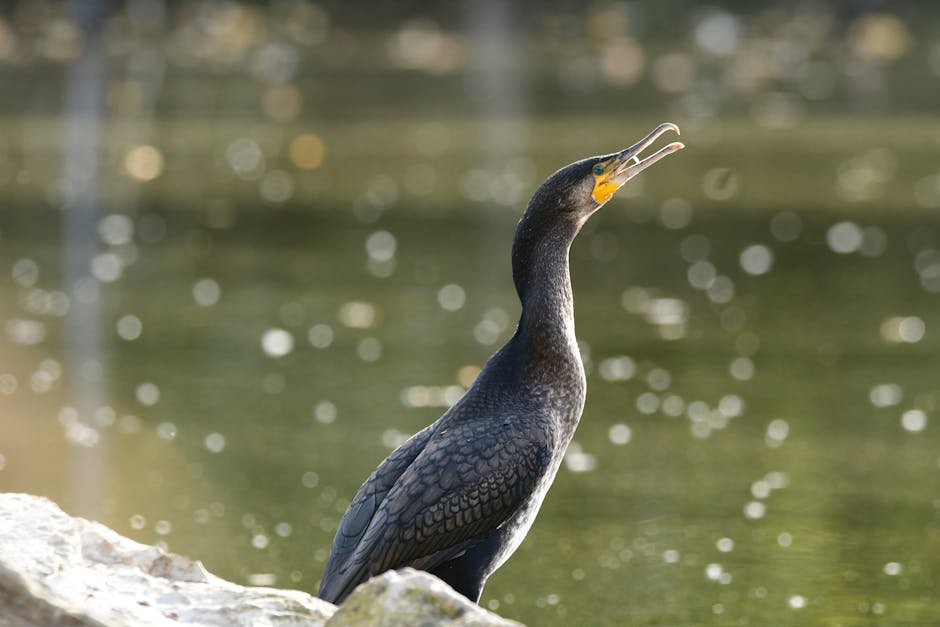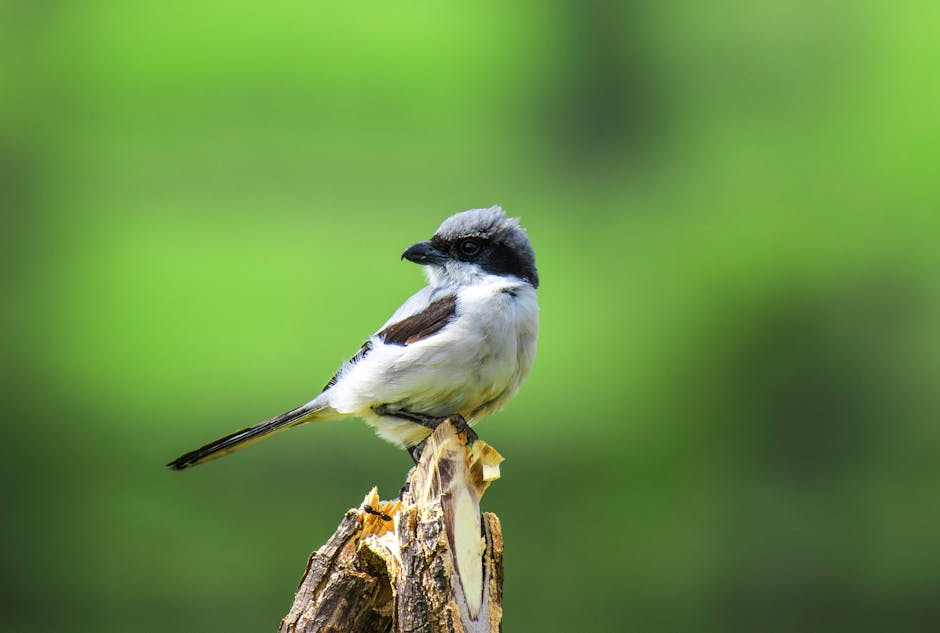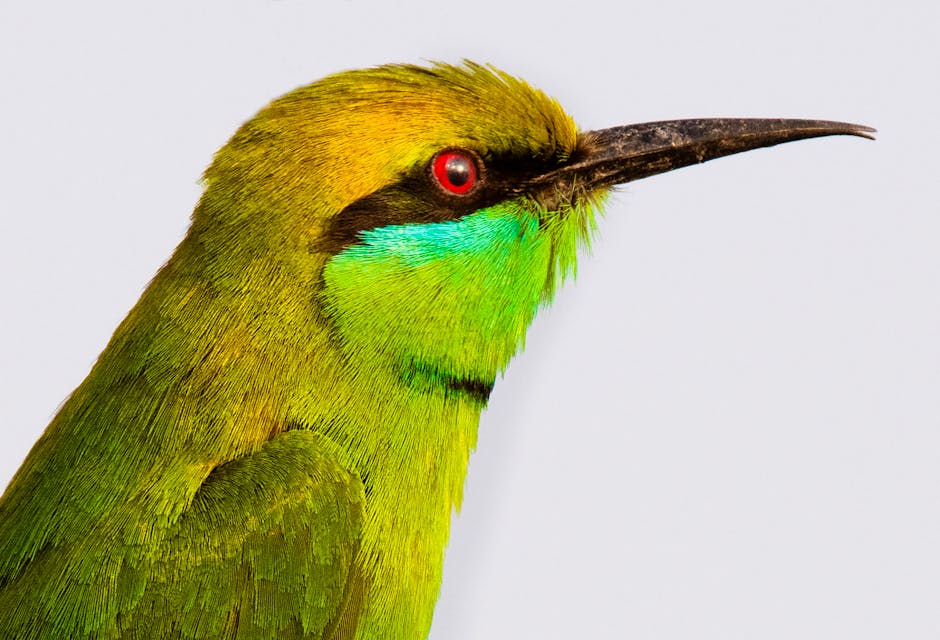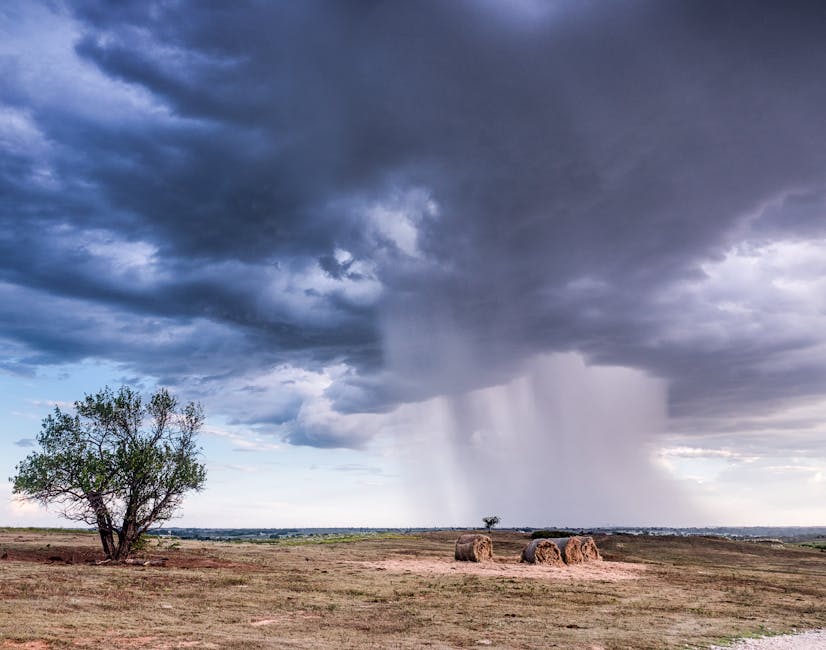Introduction: Exploring the History and Significance of Oklahoma’s State Bird

The Scissor-tailed Flycatcher: a symbol of Oklahoma’s natural beauty, rich biodiversity, and cultural heritage. With its distinctive appearance and remarkable behaviors, this avian wonder has captured the hearts and imaginations of Oklahomans for generations. Join us on a journey to discover the captivating history, unique characteristics, and cultural significance of the Scissor-tailed Flycatcher—a bird that soars as a symbol of pride in the great state of Oklahoma.
What is the State Bird of Oklahoma?

The Scissor-tailed Flycatcher (Tyrannus forficatus) proudly holds the title of Oklahoma’s state bird. Designated in 1951, this remarkable species has become an icon of the state’s natural heritage. With its elegant physique, vibrant plumage, and long, scissor-like tail feathers, the Scissor-tailed Flycatcher is a sight to behold.
Thriving in open grasslands, agricultural areas, and along fence lines, this adaptable bird plays a vital role in Oklahoma’s ecosystems. Its efficient insect control helps maintain a healthy balance and promotes a harmonious environment for both wildlife and humans.
While the Scissor-tailed Flycatcher embarks on an impressive migratory journey to Mexico and Central America during winters, its return to Oklahoma for the breeding season showcases its resilience and highlights the interconnectedness of ecosystems.
As the official state bird, the Scissor-tailed Flycatcher symbolizes Oklahoma’s commitment to preserving its natural beauty and rich biodiversity. In the following sections, we will explore the unique characteristics of this remarkable bird and its crucial role in Oklahoma’s ecosystem.
Unique Characteristics of the Scissor-Tailed Flycatcher

Appearance
The Scissor-Tailed Flycatcher possesses an unmistakable and graceful appearance. Its slender body, gray head, and back, coupled with white underparts and salmon-pink flanks, create a striking contrast. However, its most distinguishing feature is its long, deeply forked tail, resembling a pair of scissors when spread apart.
Habitat

Native to North America, the Scissor-Tailed Flycatcher thrives in open habitats such as grasslands, prairies, agricultural fields, and scrublands. Its adaptability to both rural and urban environments makes it a versatile species, capable of thriving in various settings.
Behavior

Known for its agility and acrobatic flying skills, the Scissor-Tailed Flycatcher mesmerizes observers with its sharp turns, dives, and intricate maneuvering flights. It utilizes its long tail as a rudder and for balance while gracefully catching insects in mid-air. Feeding primarily on flying insects, this bird plays a crucial role in natural pest control.
Breeding and Migration
During the breeding season, the male Scissor-Tailed Flycatcher engages in elaborate courtship displays, including aerial acrobatics and vocalizations, to attract a mate. The female builds a cup-shaped nest, usually located at the end of a tree branch or on a utility pole, where she lays a clutch of 4-6 eggs. Both parents take turns caring for the chicks and providing them with a diet rich in insects. In the fall, the Scissor-Tailed Flycatcher embarks on a southward migration to Mexico and Central America.
By understanding the unique characteristics of the Scissor-Tailed Flycatcher, we gain a deeper appreciation for this captivating bird and its significance within Oklahoma’s ecosystem. In the following section, we will delve into the role of the Scissor-Tailed Flycatcher in Oklahoma’s ecosystem, highlighting its ecological importance and contribution to the region’s biodiversity.
The Role of the Scissor-Tailed Flycatcher in Oklahoma’s Ecosystem

The Scissor-Tailed Flycatcher, Oklahoma’s state bird, plays a vital role in the state’s ecosystem, contributing to its balance and health.
Habitat and Distribution

Thriving in open grasslands, pastures, and agricultural areas across Oklahoma, the Scissor-Tailed Flycatcher favors these habitats due to the abundance of insects, which form a substantial portion of its diet. Perched on fences, utility wires, or tree branches, it meticulously scans its surroundings for prey.
Controlling Insect Populations

As an insectivorous bird, the Scissor-Tailed Flycatcher serves as a vital predator in Oklahoma‘s ecosystem. By actively preying on a wide variety of insects, including grasshoppers, beetles, flies, and other pests, it helps regulate insect populations, supporting agricultural productivity and maintaining ecological balance.
Nesting and Breeding
During the breeding season from May to August, the Scissor-Tailed Flycatcher engages in nesting and breeding. It constructs nests using twigs, grass, and other plant materials, often selecting shrubs, trees, or utility poles as nesting sites. Oklahoma’s diverse landscape provides ample opportunities for suitable nesting habitats, aiding in successful reproduction and population growth.
Migration and Biodiversity

As a migratory bird, the Scissor-Tailed Flycatcher embarks on long-distance journeys between its breeding grounds in Oklahoma and its wintering grounds in Mexico, Central America, and parts of South America. Oklahoma serves as a crucial stopover and breeding ground during this annual migration, enhancing the state’s biodiversity and promoting a healthy ecosystem.
Conservation Efforts
Recognizing the importance of the Scissor-Tailed Flycatcher, various conservation efforts have been implemented in Oklahoma. These include habitat conservation, raising awareness about the bird’s ecological significance, and promoting sustainable land management practices that support its breeding and foraging requirements.
Protecting the Scissor-Tailed Flycatcher in Oklahoma

The Scissor-Tailed Flycatcher, Oklahoma’s state bird, faces threats that endanger its population. Efforts have been made to protect and preserve its habitat.
Preserving Grasslands and Prairies
Safeguarding the Scissor-Tailed Flycatcher involves preserving its preferred habitat: grasslands and prairies. Conservation organizations and government agencies have implemented measures to protect and restore these ecosystems. Land acquisition programs conserve large tracts of land, ensuring the preservation of vital habitats. Sustainable land management practices maintain the ecological integrity of these areas.
Raising Awareness and Promoting Conservation
Raising public awareness about the Scissor-Tailed Flycatcher and its conservation needs is crucial. Education programs target schools, communities, and nature enthusiasts, emphasizing the bird’s role as an indicator species. Partnerships between conservation organizations, government agencies, and local communities implement habitat restoration efforts and citizen science programs.
Future Challenges and Conservation Outlook
Ongoing challenges, such as habitat loss, climate change, and pesticide use, continue to impact the Scissor-Tailed Flycatcher’s population. Sustained efforts are necessary to address these challenges. Continued research, collaborations, and effective conservation plans are essential for the bird’s long-term survival.
Conclusion: Why the Scissor-Tailed Flycatcher is an Important Symbol of Oklahoma
![]()
The Scissor-Tailed Flycatcher holds a significant place in Oklahoma’s identity. Its unique characteristics, abundance, cultural significance, and representation of the Oklahoma spirit contribute to its importance as a symbol of the state.
First and foremost, the bird’s physical appearance sets it apart with its long, scissor-like tail feathers and vibrant salmon-pink coloration in males. Oklahoma provides an ideal habitat for the Scissor-Tailed Flycatcher, and its presence showcases the state’s commitment to preserving natural habitats and supporting biodiversity.
Beyond its physical attributes and presence, the Scissor-Tailed Flycatcher holds cultural significance. It symbolizes the state’s natural beauty and diverse ecosystem, resonating with the spirit of Oklahoma and its people.
The bird also serves as a reminder of the importance of conservation efforts. By safeguarding the Scissor-Tailed Flycatcher and its habitat, Oklahomans ensure the preservation of a unique species and contribute to the long-term sustainability of their environment.
In conclusion, the Scissor-Tailed Flycatcher is an important symbol of Oklahoma, representing the state’s natural world, resilience, and commitment to conservation. Embracing and protecting this remarkable bird honors Oklahoma’s rich biodiversity and ensures a legacy of environmental stewardship for future generations.
Frequently Asked Questions
What is the state bird of Oklahoma?

The state bird of Oklahoma is the Scissor-tailed Flycatcher (Tyrannus forficatus). It was designated as the state bird in 1951.
What does the Scissor-tailed Flycatcher look like?
The Scissor-tailed Flycatcher has a slender body, gray head, and back, with white underparts and salmon-pink flanks. Its most distinctive feature is its long, deeply forked tail that resembles a pair of scissors when spread apart.
Where does the Scissor-tailed Flycatcher live?
The Scissor-tailed Flycatcher is native to North America. It thrives in open habitats such as grasslands, prairies, agricultural fields, and scrublands. It is adaptable and can be found in both rural and urban environments.
What is the role of the Scissor-tailed Flycatcher in Oklahoma’s ecosystem?

The Scissor-tailed Flycatcher plays a vital role in Oklahoma’s ecosystem. It helps control insect populations by preying on a wide variety of insects, including grasshoppers, beetles, flies, and other pests. It also serves as a pollinator and contributes to the region’s biodiversity.
How is the Scissor-tailed Flycatcher protected in Oklahoma?
Conservation efforts are in place to protect the Scissor-tailed Flycatcher in Oklahoma. These efforts include preserving grasslands and prairies, raising awareness about the bird’s ecological significance, and implementing sustainable land management practices. Ongoing research, partnerships, and effective conservation plans are essential for the long-term survival of the species.


Leave a Reply